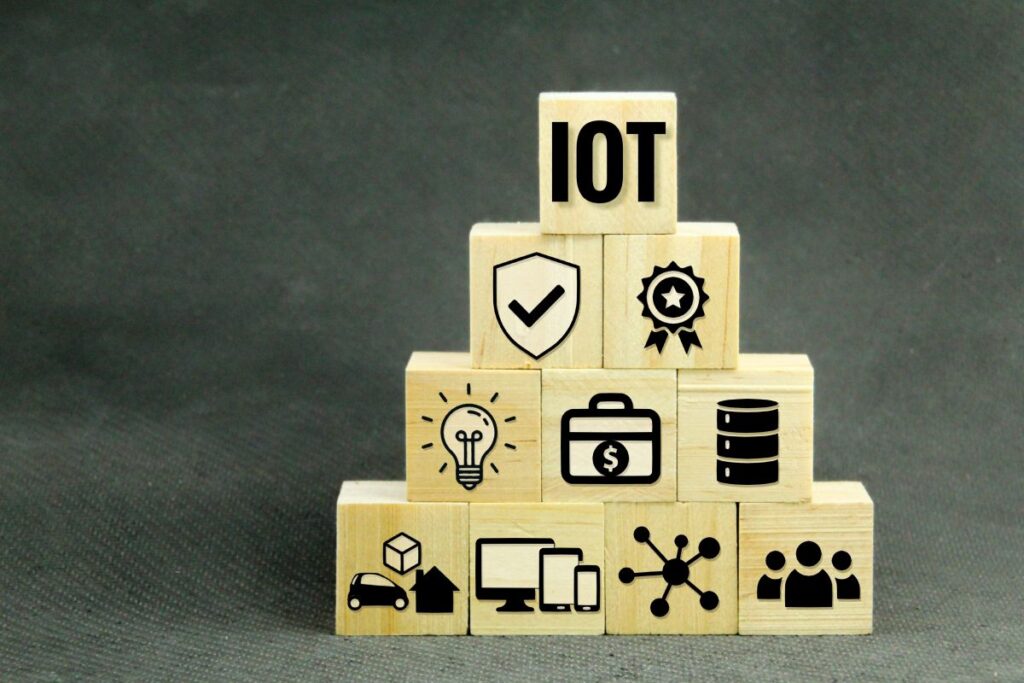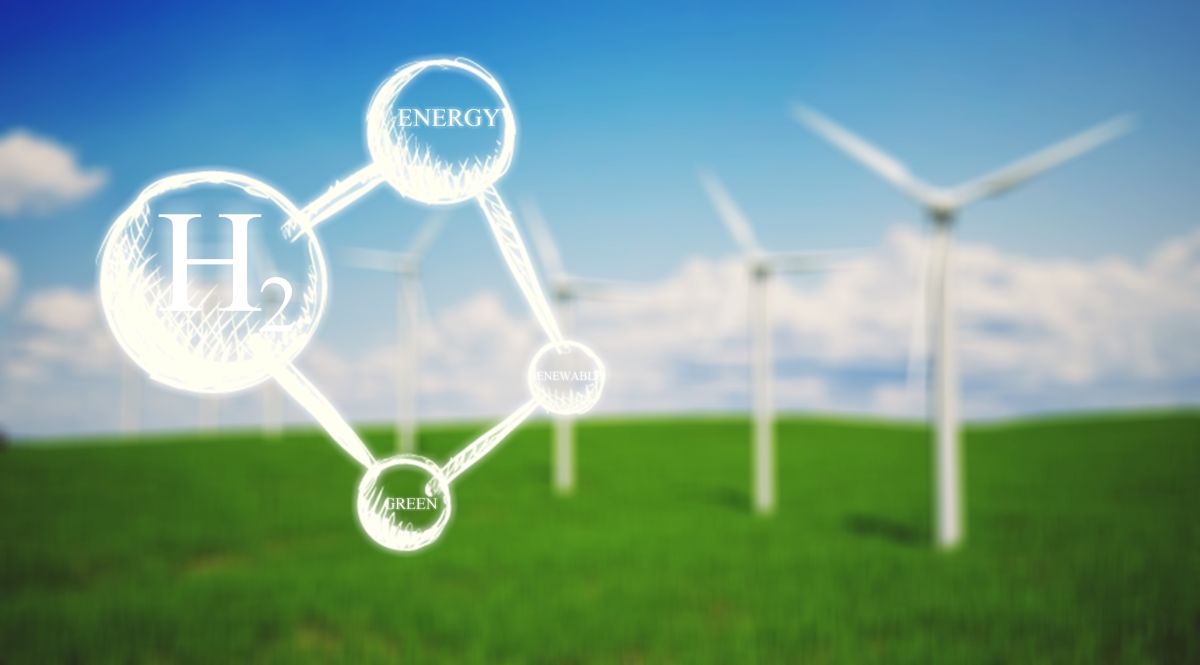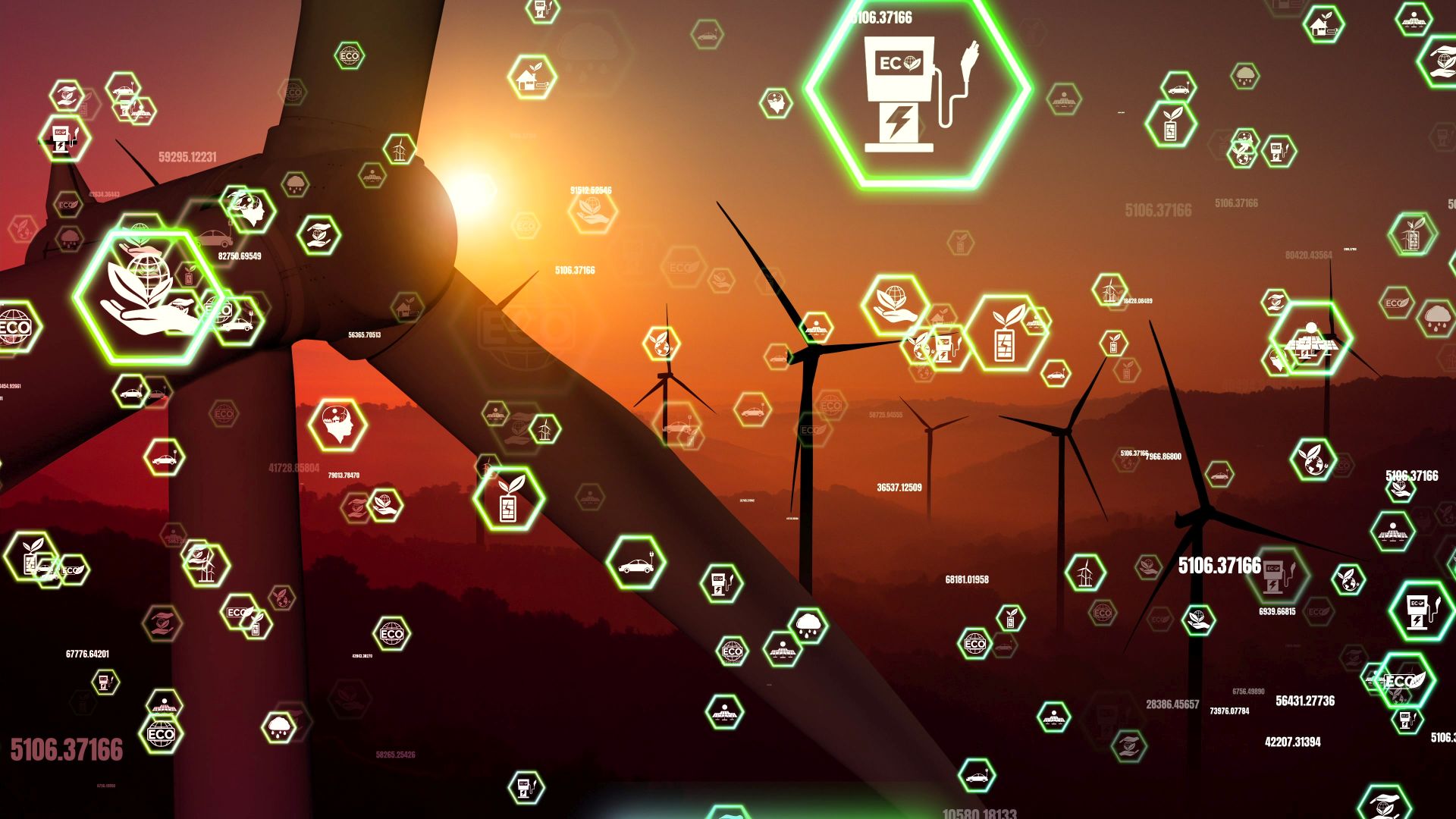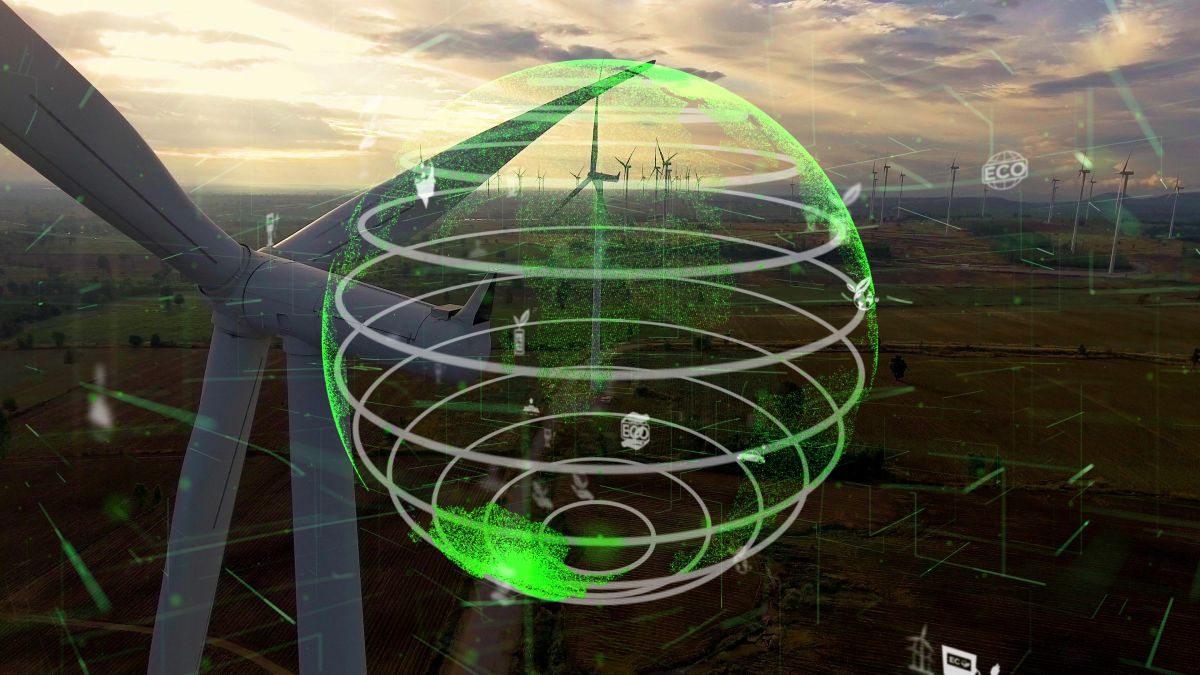The combination of the Internet of Things (IoT) and Energy Management Systems (EMSs) is revolutionizing how modern industries approach energy efficiency and sustainability. Real-time EMSs leverage IoT technologies to optimize energy consumption, enhance operational efficiency, and reduce environmental impact. These advanced systems are capable of monitoring, analyzing, and controlling energy usage in real-time, providing very important insights and actionable data for businesses. As the world continues to grapple with the challenges of energy sustainability, the integration of IoT in energy management is proving to be a game-changer, driving innovation and efficiency across various sectors.
Enhanced Monitoring and Data Collection
One of the primary advantages of integrating IoT with real-time EMSs is the enhanced capability for monitoring and data collection. Traditional EMSs often rely on periodic data collection, which can lead to delays in identifying inefficiencies or issues. IoT-enabled systems, however, continuously collect data from a multitude of connected devices and sensors. These devices can monitor various parameters, such as energy consumption, temperature, humidity, and occupancy levels, in real-time.
For instance, smart meters installed in residential and commercial buildings provide granular data on electricity usage, allowing for precise tracking and analysis. This real-time data collection enables energy managers to identify patterns, detect anomalies, and make informed decisions promptly.
Predictive Maintenance and Reduced Downtime
Another critical benefit of IoT in real-time EMSs is its role in predictive maintenance and reducing downtime. IoT devices equipped with various sensors can monitor the health and performance of energy-consuming equipment continuously. By analyzing data such as vibration, temperature, and power usage, these systems can predict potential failures before they occur. This predictive maintenance approach helps in scheduling timely repairs and maintenance, thus avoiding unexpected breakdowns and minimizing downtime.
For example, in industrial settings, IoT sensors can monitor the performance of machinery and equipment, identifying signs of wear and tear or inefficiencies. By addressing these issues proactively, businesses can avoid costly disruptions and maintain smooth operations.
Real-Time Optimization and Demand Response
Real-time optimization is a cornerstone of IoT-enabled EMSs. Understanding how to reduce energy usage effectively is crucial in achieving significant cost savings and enhancing operational efficiency. These systems can dynamically adjust energy consumption based on real-time data and external factors such as energy prices and weather conditions. For instance, during peak demand periods, IoT systems can automatically reduce energy usage in non-critical areas, thereby lowering overall consumption and reducing costs.
Demand response programs also greatly benefit from IoT integration. These programs incentivize consumers to reduce or shift their energy usage during peak times in response to signals from the utility company. IoT devices can automate this process, responding to demand response signals in real-time by adjusting heating, ventilation, air conditioning systems, lighting, and other energy-intensive devices. This automated response not only helps balance the grid but also provides consumers with financial incentives for participating in demand response programs.

Integration with Renewable Energy Sources
The integration of IoT with renewable energy sources is another significant aspect of modern EMSs. As the world shifts towards cleaner energy, managing the intermittency and variability of renewable sources like solar and wind becomes crucial. IoT-enabled systems can effectively manage the integration of these renewable sources into the energy grid.
Energy storage systems, such as batteries, play a critical role in this process. IoT-enabled EMSs can monitor the status of these storage systems and make real-time decisions about when to store excess energy and when to release it back into the grid. This capability is essential for maximizing the use of renewable energy and reducing reliance on fossil fuels. The integration of IoT with renewable energy sources represents a significant step towards achieving a sustainable energy future.
Conclusion
The influence of IoT on real-time EMSs is profound and far-reaching. From enhanced monitoring and data collection to predictive maintenance, real-time optimization, and integration with renewable energy sources, IoT technologies are transforming the way we manage and consume energy. These advancements not only lead to significant cost savings and improved efficiency but also contribute to environmental sustainability by reducing carbon footprints and promoting the use of clean energy. As IoT technology continues to evolve, its impact on energy management will only grow, paving the way for a more efficient and sustainable energy future.
Disclaimer: Any opinions expressed in this blog do not necessarily reflect the opinions of Certrec. This content is meant for informational purposes only.












